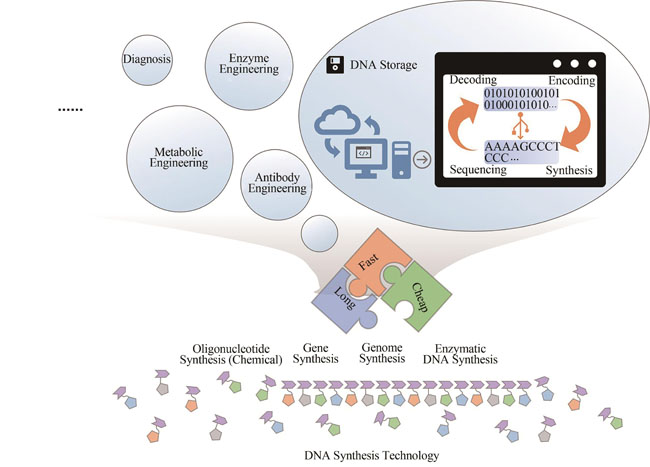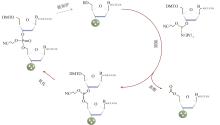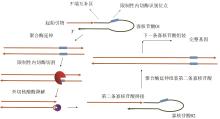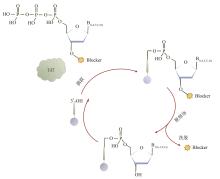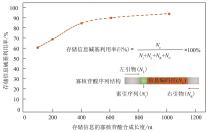|
||
|
DNA synthesis technology: foundation of DNA data storage
Synthetic Biology Journal
2021, 2 (3):
335-353.
DOI: 10.12211/2096-8280.2020-088
DNA-based data storage technology has many considerable advantages, and been suggested as one of the most promising technologies to cope up with future crisis in information storage. It involves the conversion of real information into A/T/C/G sequences, synthesis of preservable DNA polymers by DNA synthesis technology, and data deciphering by DNA sequencing technology. Nevertheless, the current cost of DNA synthesis is still high, which greatly limits the rapid development and industrial application of DNA data storage. As the key technology of DNA data storage, DNA synthesis lays the foundation for the practical application of DNA data storage. Since the first oligonucleotides were made in the 1950 s, DNA synthesis technology has been rapidly developed and commercialized, spawning the emergence of DNA synthesizers with different throughput, which achieved oligonucleotides synthesis with dozens of nucleotides to MB-level microbial genomes. In this review, we systematically summarized the key research progress of DNA synthesis technology in terms of its historical development, which includes column-based chemical oligonucleotide synthesis, chip-based chemical oligonucleotide synthesis, oligonucleotide purification, oligonucleotide assembly, error correction and gene cloning, large fragment gene synthesis, genome synthesis and next generation enzymatic DNA synthesis. Currently, the widely used DNA synthesis technology starts from chemical synthesis of oligonucleotide. Although a number of chemical technologies have been proposed, the one typically used is the "phosphoramide" method, which includes the steps of "deprotection","coupling","capping" and "oxidation". The chemical synthesis generally produces single-stranded oligonucleotide with less than 200 nt. For double-stranded DNA synthesis, the single-stranded oligonucleotides need to be assembled. The oligonucleotide assembly technologies including ligase chain assembly (LCA) and polymerase chain assembly (PCA) were thus developed, and have been well applied in the commercialized gene synthesis. Following the development of chemical oligonucleotide synthesis technology and gene synthesis technology, several bacterial genomes and yeast chromosomes have been successfully synthesized, by employing the strategies of "one time de novo synthesis" or "gradual replacement synthesis". Meanwhile, new enzymatic DNA synthesis technology has also made considerable progress in the recent years, opening up a new path for synthetic biologists. In addition to these key research developments, we further summarized and analyzed the impact of key parameters of DNA synthesis technology, such as length, cost and speed, on DNA data storage, in order to provide some references and ideas for the development and the practical application of the entire DNA data storage process. Finally, we envisioned the future trend of DNA synthesis technology, including cost reduction, further development of genome synthesis technology and enzymatic DNA synthesis technology, as well as the establishment of a faster DNA synthesis technology with a longer fragment and lower-cost for DNA data storage.
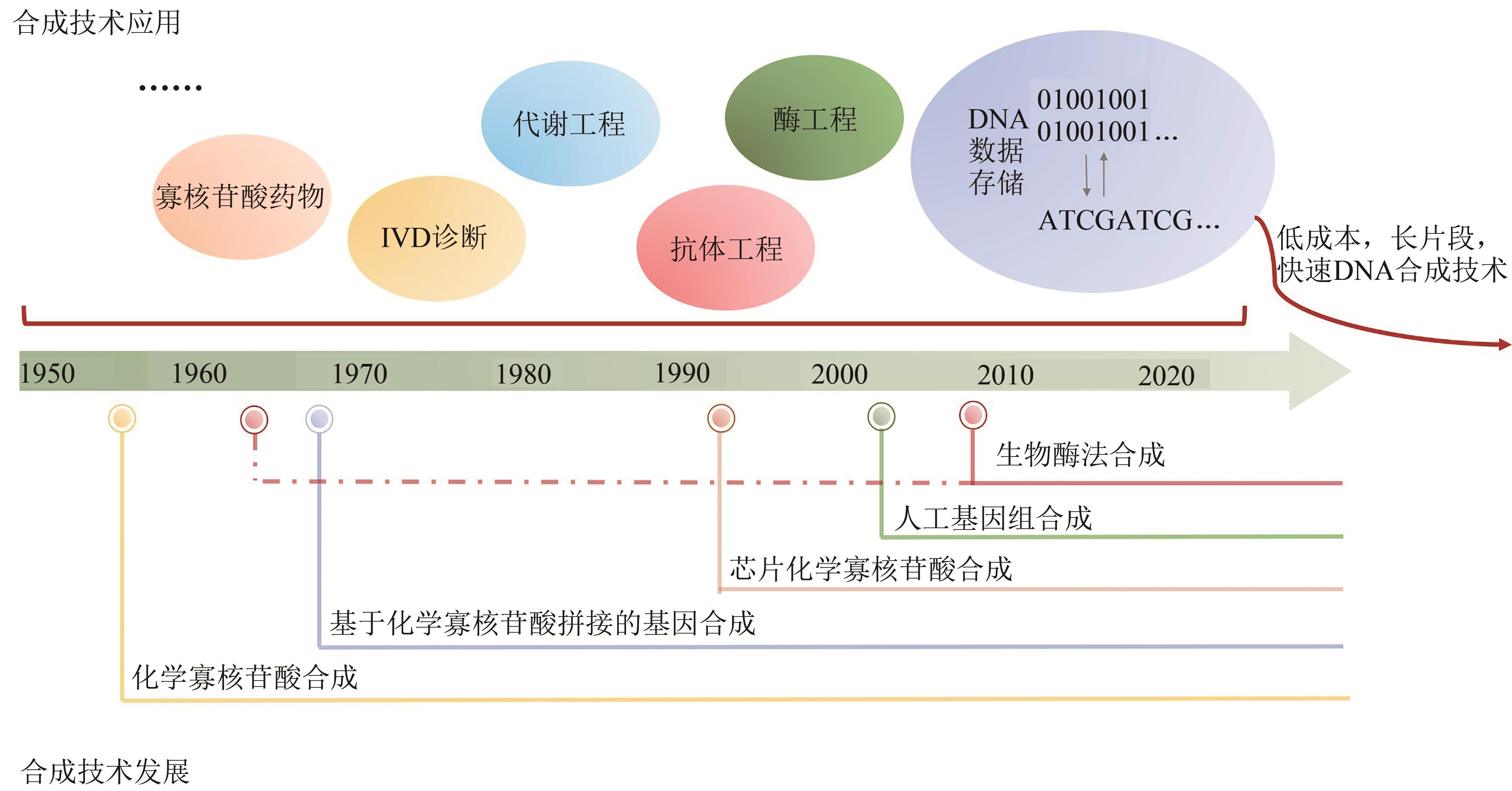
Fig. 5
Development and application of DNA synthesis technology
Other Images/Table from this Article
|
